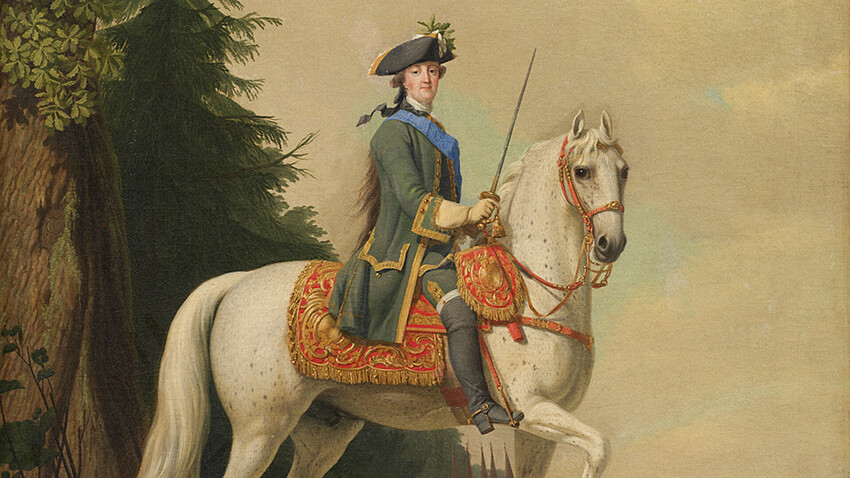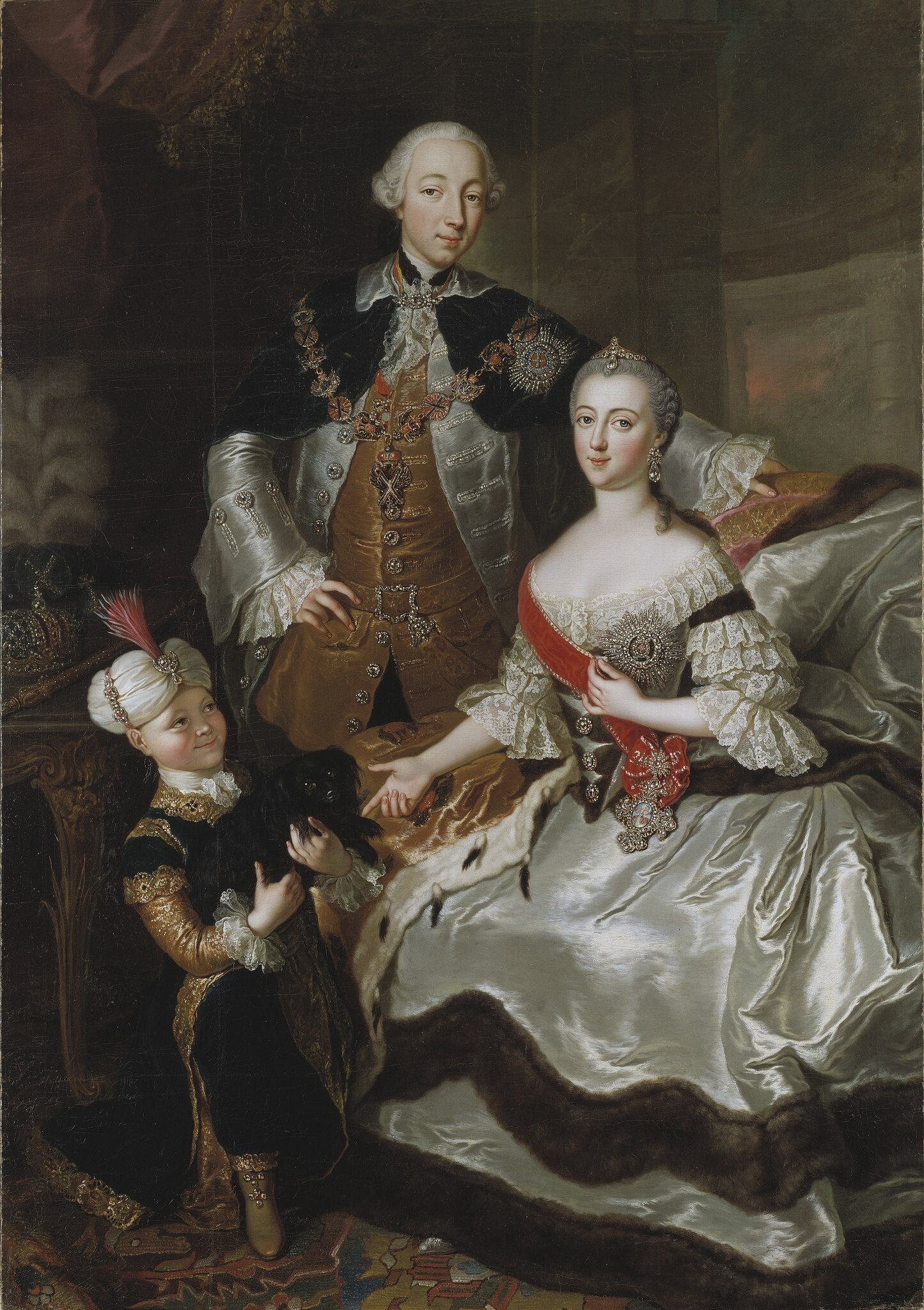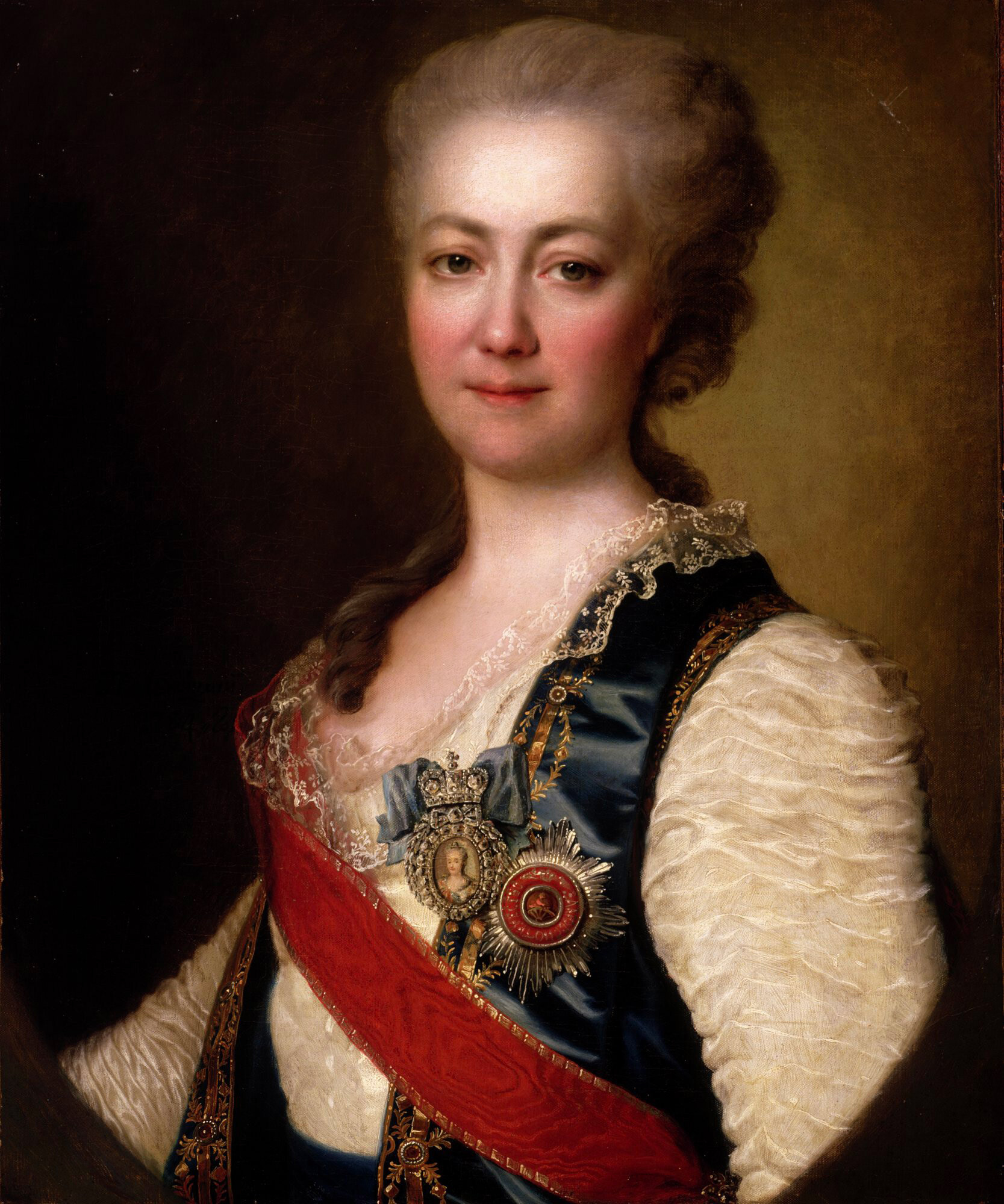
Fights between women were allowed before Catherine II’s time, as well. The Pskov Judicial Charter of 1397 (the medieval civil code) described cases when a woman could participate in a duel. For instance, in matters of debt repayment, it was acceptable for a woman to hire another fighter to represent her interests; however, in more serious matters of theft or infidelity, a battle between the two women in question was unavoidable. Methods ranged from simple fist fights to using lethal weapons, including bear spears and other heavy weaponry.

Female duels gained widespread prominence during Catherine II’s reign. As a girl, she and her second cousin even engaged in a sword fight – although neither one really wanted to die, so their ardor quickly faded and they stopped after a little while. Catherine II’s skills didn’t abandon her when she came to Russia. During a particularly passionate argument with husband Peter III - as soon as he reached for the hilt, Catherine immediately demanded she be given a sword. Her spouse, apparently, didn’t expect such a reaction and ended up backing down, ending the fight.
Therefore, while duels between men were strictly forbidden in Tsarist Russia, there was an exception for women. The only rule was that the fight was to end as soon as first blood was drawn. Even though Catherine never picked up the sword as queen, she, nonetheless, acted as second for other ladies of the court on multiple occasions; during her reign, only three duels ended in death.

When it came to female duels, eyewitnesses were shocked not so much by the sight of women wielding weapons, but by the sheer ferocity with which they engaged in battle. With time, duels had become a regular pastime in the same way a game of solitaire or playing music might have been. Salons had become a common location for settling differences under the guise of literary evenings. Almost 20 such duels took place in Mistress Vostrukhova’s St. Petersburg establishment in 1823.
However, even abroad, Russian ladies didn’t part with their fiery tempers. In 1770, the director of the Imperial Academy of Sciences and the Arts, Princess Catherine Vorontsova-Dashkova, really got into it with Duchess Foxon in London. Initially, their meeting at the salon of Countess Pushkina, the Russian ambassador’s wife, was going smoothly, but, at some point, the conversation escalated in tone, one word led to another and Dashkova challenged Foxon to a fight. The two crossed swords, with the duchess emerging victorious after wounding her opponent.

Not only a fun pastime, duels were also a way to settle a score with a long-time foe or an old friend. Orlov Province landlords Olga Zavarova and Ekaterina Polesova despised each other for many years, before finally deciding to sort things out once and for all, using sabers; their daughters and servants bore witness to the battle, which ended in tragedy: Zavarova received a fatal wound to the head, but not before inflicting a severe wound on Polesova. Both lost their lives. Five years after their duel, their daughters decided to repeat the duel - Zavarova’s daughter ended up killing her opponent.
Dear readers,
Our website and social media accounts are under threat of being restricted or banned, due to the current circumstances. So, to keep up with our latest content, simply do the following:
If using any of Russia Beyond's content, partly or in full, always provide an active hyperlink to the original material.
Subscribe
to our newsletter!
Get the week's best stories straight to your inbox